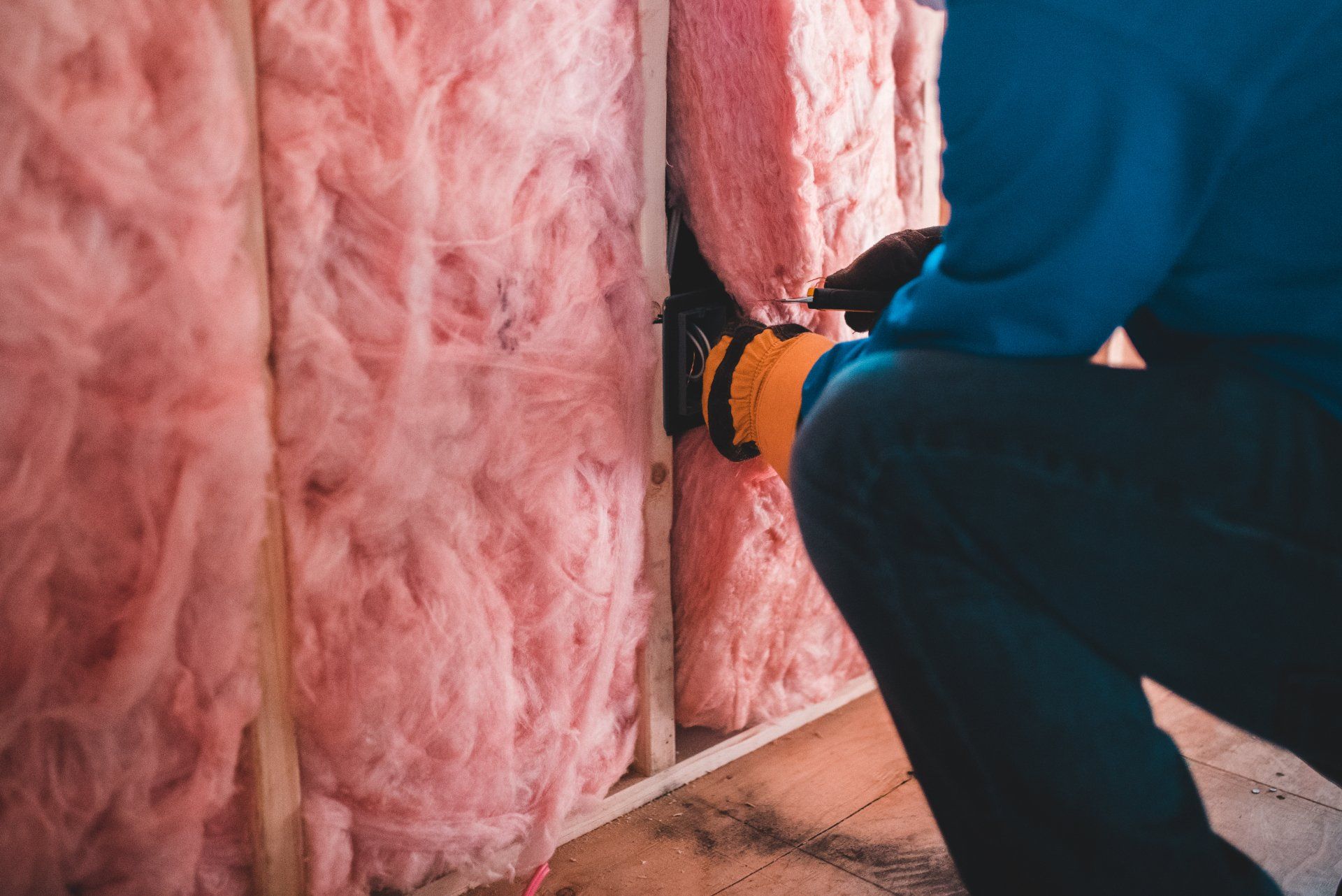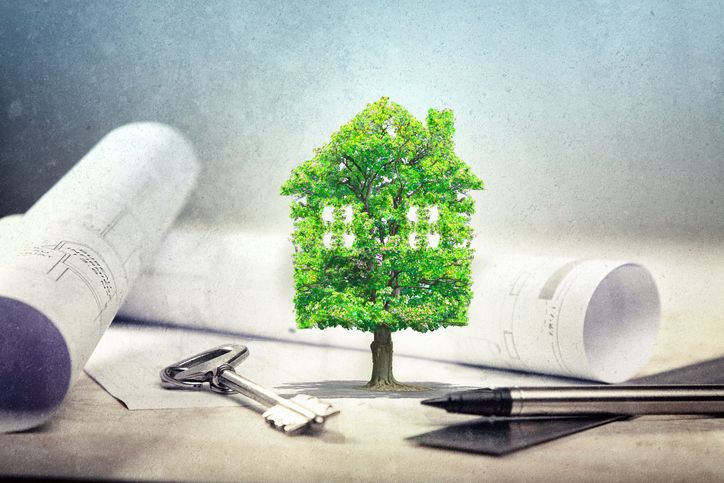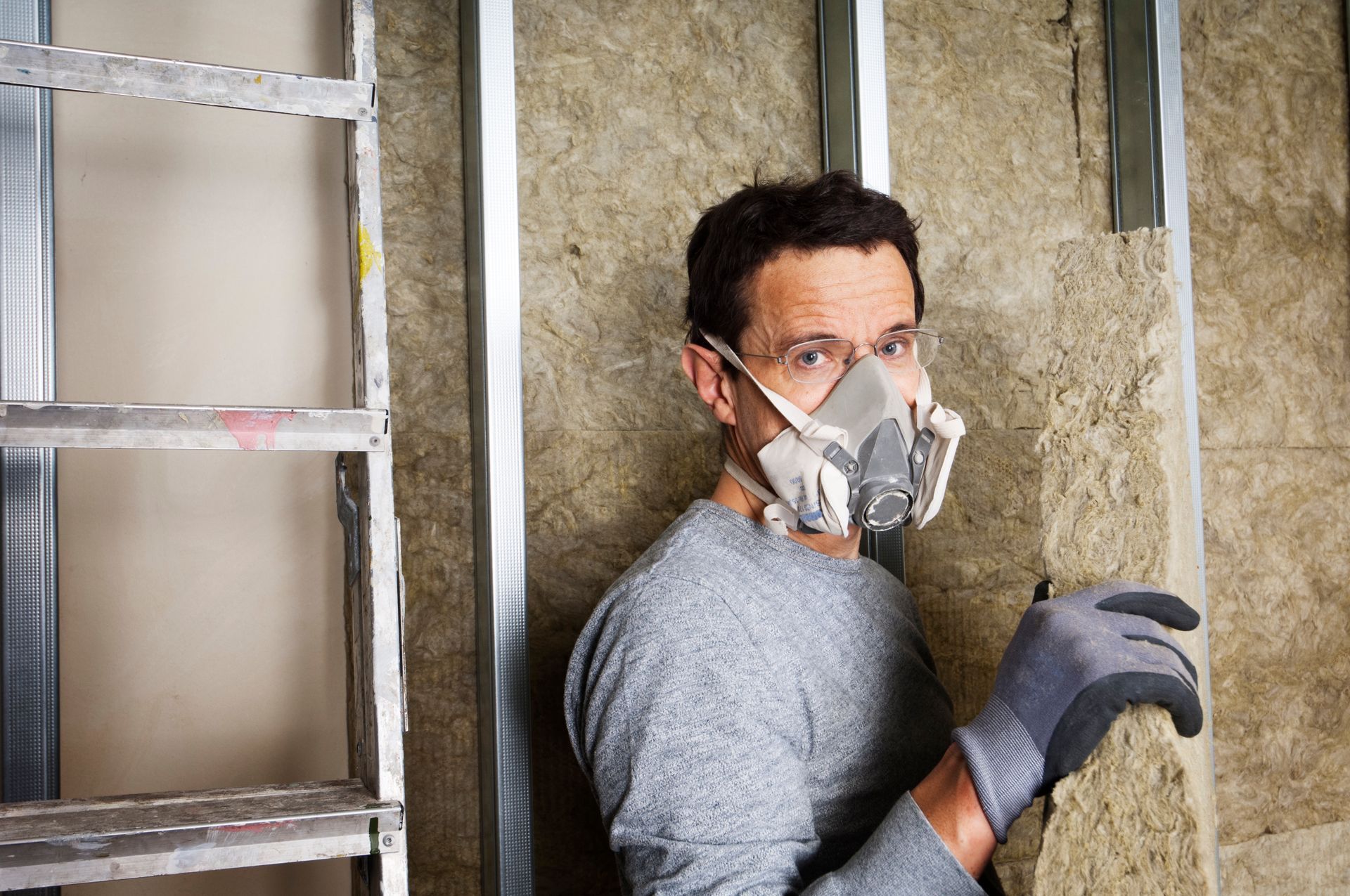Insulation Pros of Coquitlam
We proudly serve our community because Coquitlam, BC is our home too. Serving our fellow neighbors and businesses in their insulation installations is our pleasure. Call us today for a free quote.
Insulation Installation Services
Your neighbourhood insulation contractors at Insulation Pros of Coquitlam are here to service your needs in the Coquitlam, BC area. Keep the heat and air conditioning in your home while you make sure the pests and water stay out! As a homeowner, it's important to know when it is time to have insulation removed and replaced within your home. We are here to teach you what rooms in your home may have been compromised due to inefficient insulation that needs repairing. The larger rooms in your house could be a main contributor to your high energy bills if they don’t have the proper airflow or insulation installed. There are also some signs to look out for that show your home's vapour barrier needs to be repaired or replaced.

Our Service Area
~ Proudly serving all the communities in the greater Vancouver, BC area~
Coquitlam Neighbours & Communities We Serve
Burke Mountain
Cape Horn
Chineside
Coquitlam West
Harbour Chines
Hockaday
Meadow Brook
North Coquitlam
River Springs
Westwood Plateau
Canyon Springs
Central Coquitlam
Scott Creek
Coquitlam East
Eagle Ridge
Harbour Place
Maillardville
New Horizons
Ranch Park
Where we recommend getting insulation installed in your home
For energy efficiency, ensure your home is properly insulated from your roof down to its foundation. This includes all exterior walls, like in your basement and attached garage. Insulating your home will help keep your energy bills low and help to protect your home from freezing temperatures in the winter and the heat in the summer. While installing insulation you will also want to ensure a tight seal of your vapour barrier. These two things go hand in hand to create the most manageable temperature moderation for your home.
Exterior Wall Insulation
Having insulation on your exterior walls can create a barrier between your living area and extreme outdoor temperatures, helping you reduce your monthly energy bills. If your attic doesn't have insulation, we can recommend the right amount to add. This could seem expensive but will be worth it in an environment with fluctuating temperatures like Coquitlam, BC. Another tip we have for you - if you plan to replace the exterior siding on your home, consider inspecting insulation at the same time. If your home has little to no exterior wall insulation right now, installing it beneath your siding can make a big difference.
Basement Insulation
Basements are another good place to save on your energy bills because they are usually unfinished and cooler than other parts of a home. Insulation on the exterior walls of a basement is especially important. Installing framing, insulation and a vapour barrier between the room and your concrete foundation can stop not only the cold from outside getting in but can control moisture and prevent problems like water intrusion, humidity, and mould. There are two big benefits to basement ceiling insulation. The upstairs floors will remain warmer and keep the basement cold from seeping upwards into your home. Secondly, it helps add soundproofing in entertainment rooms, such as home theatres or music studios, that are commonly found in the basement. We always recommend insulating your basement walls even if you choose not to install drywall over top.
Attic Insulation
Sometimes forgotten because homeowners usually don’t go in their attic, attic insulation helps stabilize the temperature and humidity in your home by not letting air from outside come in and the heated or cooled air from within your home escape. Insulation in this space can also quiet down the noises from outside, which is especially noticeable if you leave near noisy areas. The rising heat in your home is most likely to escape through your attic. In the winter months is when this is most noticeable. You may notice icicle formations or ice and snow dams forming on your roof. Alternately you might see random bare spots.
Garage Insulation
A commonly overlooked place to make energy-efficiency improvements is the garage. Since it's not a part of your living space, builders usually don't take the time to insulate it properly. There are two insulation upgrades to consider: insulating the ceiling and walls. Insulating your garage ceiling or attic is essential if it is connected to your home. Having an attached garage that isn’t insulated can be a huge cause of heat loss in your home. Without insulation, the rooms may be uncomfortable during extreme temperatures, which may result in your HVAC or furnace system working overtime. Our contractors can check the insulation in your garage walls to see what is needed. For homeowners who use their garage as a workshop, installing insulation in the walls will make it much more comfortable. Outside of the cost, remaining comfortable in your space is an important factor.


Signs you need to redo the vapour barrier in your home
We hear people talk about vapour barriers and insulation going hand in hand, but what does that really mean and why is it important? Some insulation does this naturally while some types of insulation require you to do this as a separate step. There are many situations that could cause your vapour barrier to be compromised. They could include, natural shifting of your home, renovations completed on your property, or pests and insects chewing through this seal. Having an air tight home is the best way to make you insulation the most efficient.
What is a vapour barrier?
A vapour barrier, also known as an insulation vapour barrier or vapour retarder, is used when building walls, ceilings, and floors. This material is used to prevent moisture from penetrating and damaging the sensitive materials which make up your walls, ceilings, and floors during the cold winter months. Homes built in areas with hot and humid summers, cold winters that require heating in your home, or a mixture of the two, are required by law to have a vapour barrier, just like in the lower main land area. Also known as a moisture barrier, it is a sheet of plastic that is placed over the entire ground beneath the foundation of a home. This material is often used during the home construction process to prevent foundation cracks, resist moisture, and stop it from penetrating through walls, floors and ceilings. In some older homes, there may be no vapour barrier at all due to older building codes and the lack of technology.
How does a vapour barrier work?
As the name suggests, a vapour barrier helps control prevent water vapour from defusing into the walls, ceilings, and floors of your home. Water vapour, and any kind of moisture, turn into condensation when there is a significant temperature difference between unheated spaces (like your attic), and heated spaces (like your bedroom and living room). If there isn’t a barrier between these two spaces, the condensation will go through to your walls, ceilings, and floors causing water damage.
Vapour barriers are installed during the construction phase of a project and are typically made out of sheets of plastic or foil. Materials are categorized based on the degree of permeability, or the amount of moisture the material allows through.
Incorrect installation of a vapour barrier can actually have the opposite effect of its intended purpose – it can lead to additional moisture problems and damage in your home.humidity in your home's basement or crawlspace by creating a barrier between the ground and your home. This prevents moisture from the soil from penetrating through walls or ceilings and getting inside to damage your insulation. It also helps keep the relative humidity in the space consistent between heated and unheated spaces. As mould needs both humidity and moisture to grow, a vapour barrier is a great preventative measure.
Home vapour barriers typically last for a long time, but there are times when they may need to be replaced. A professional inspection can help make sure your vapour barrier is still doing its job. We have the skills and experience to know when it is time to have your home's vapour barrier redone. Here are some helpful tips to know that its time to give us a call:
Your home has a water problem
If you notice water damage in your home, you may have a plumbing or drainage issue. If these are not the sources, then it's due to an inefficient or faulty vapour barrier within your exterior walls or attic. Our skilled team can not only help identify the source of the water entry but determine if damage to your vapour barrier is causing the issues and needs to be replaced.
Homeowners will want to address any water problems immediately. By allowing the moist conditions in your house to continue your insulation will begin to sustain water damage by absorbing moisture. The moisture causes multiple issues to be aware of. The water will most likely absorb into the insulation because its fibrous materials act similar to a sponge. This additional moisture will also allow mould to grow. In just 24 to 48 hours, mould will start to form. This can lead to health symptoms, such as allergic responses, eye, nose, and throat discomfort, and coughing.
Call Insulation Pros of Coquitlam today to know if your home is insulated enough to reduce heat loss and gains and if your vapour barrier is doing its job. We are ready to service your home in Coquitlam, BC.
Regardless of your choice of insulation, we can help you!
Reach out to us today at (604) 924-7267
We are also available for an email quote if you don't have the time for a call right now.